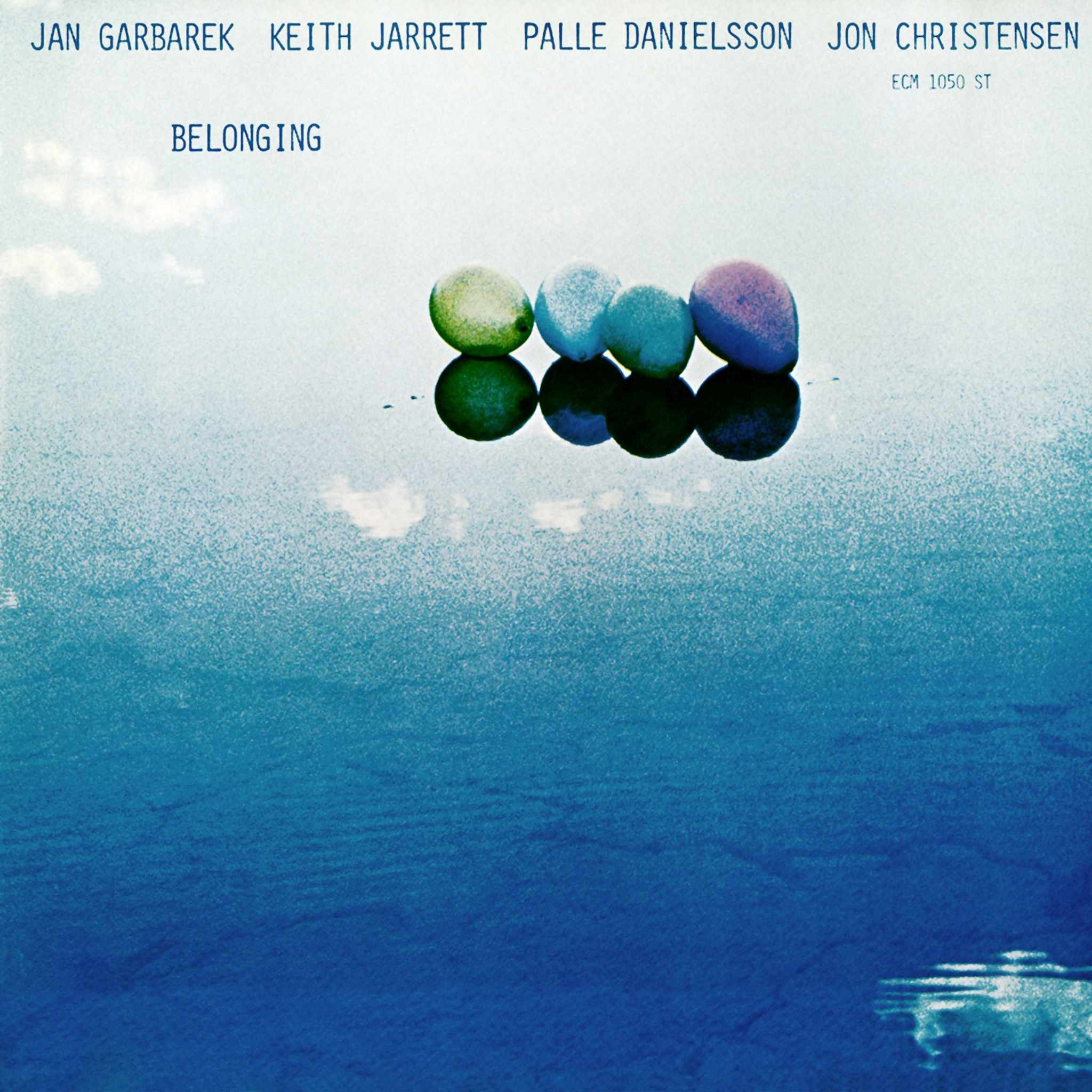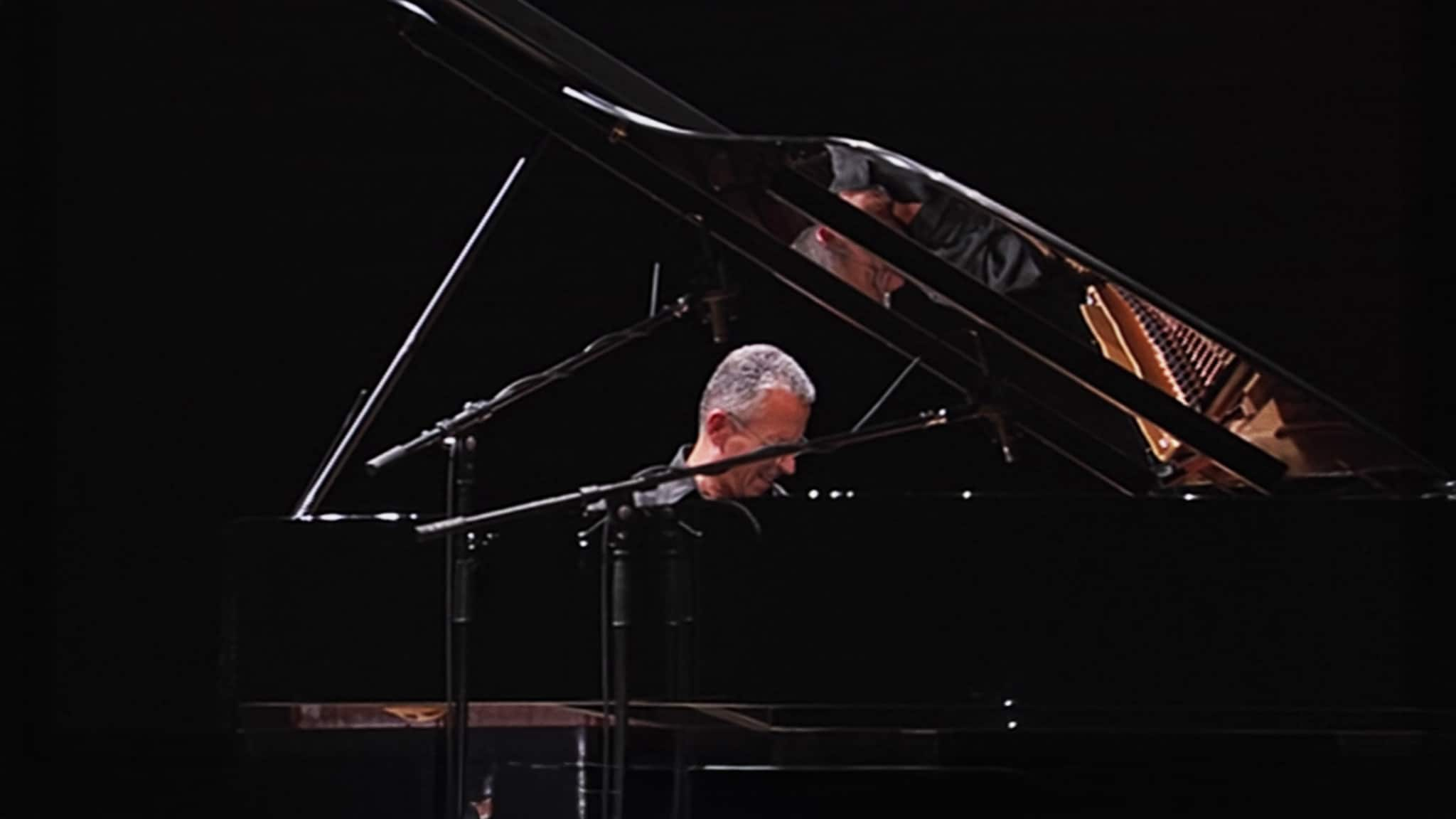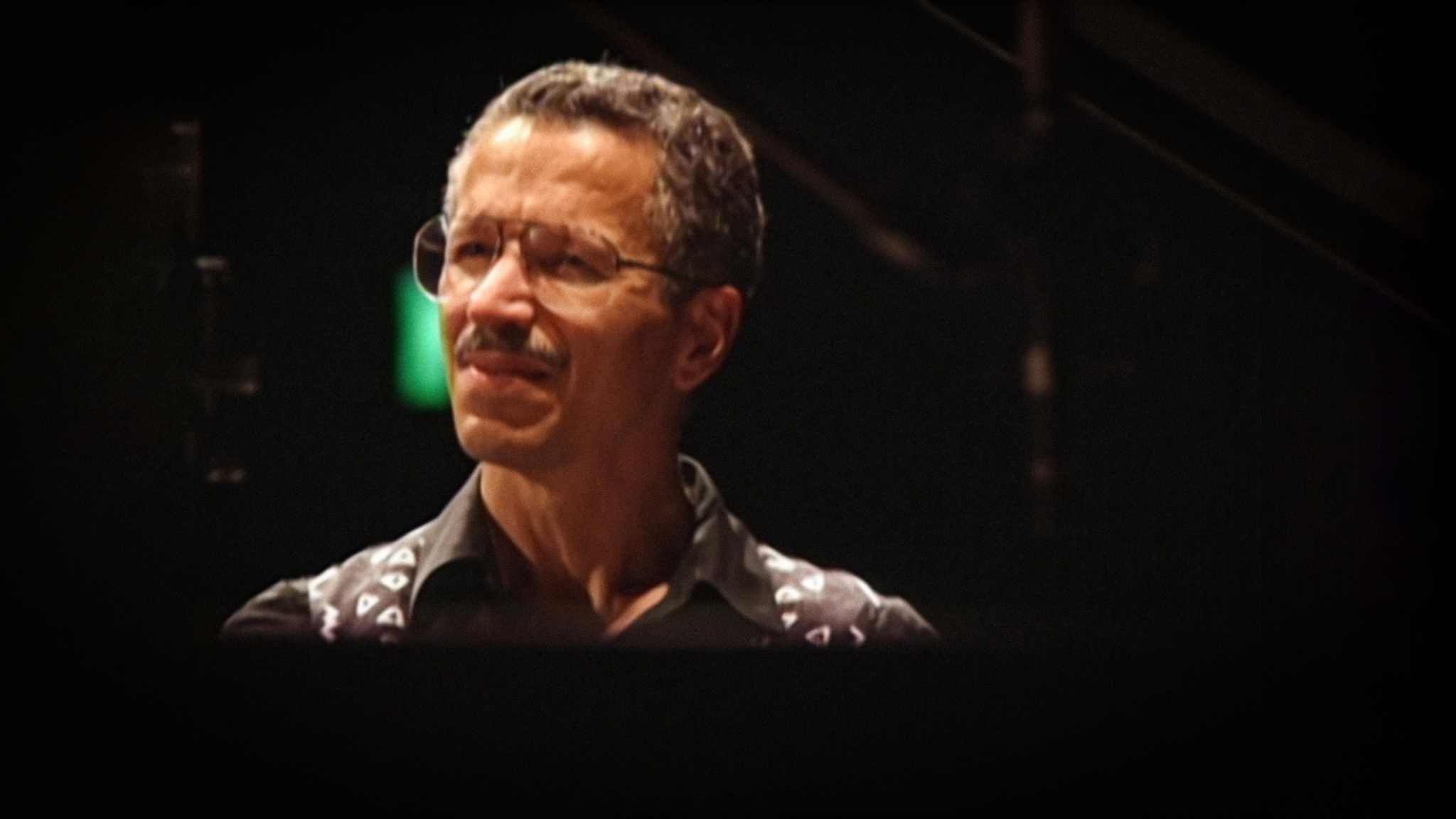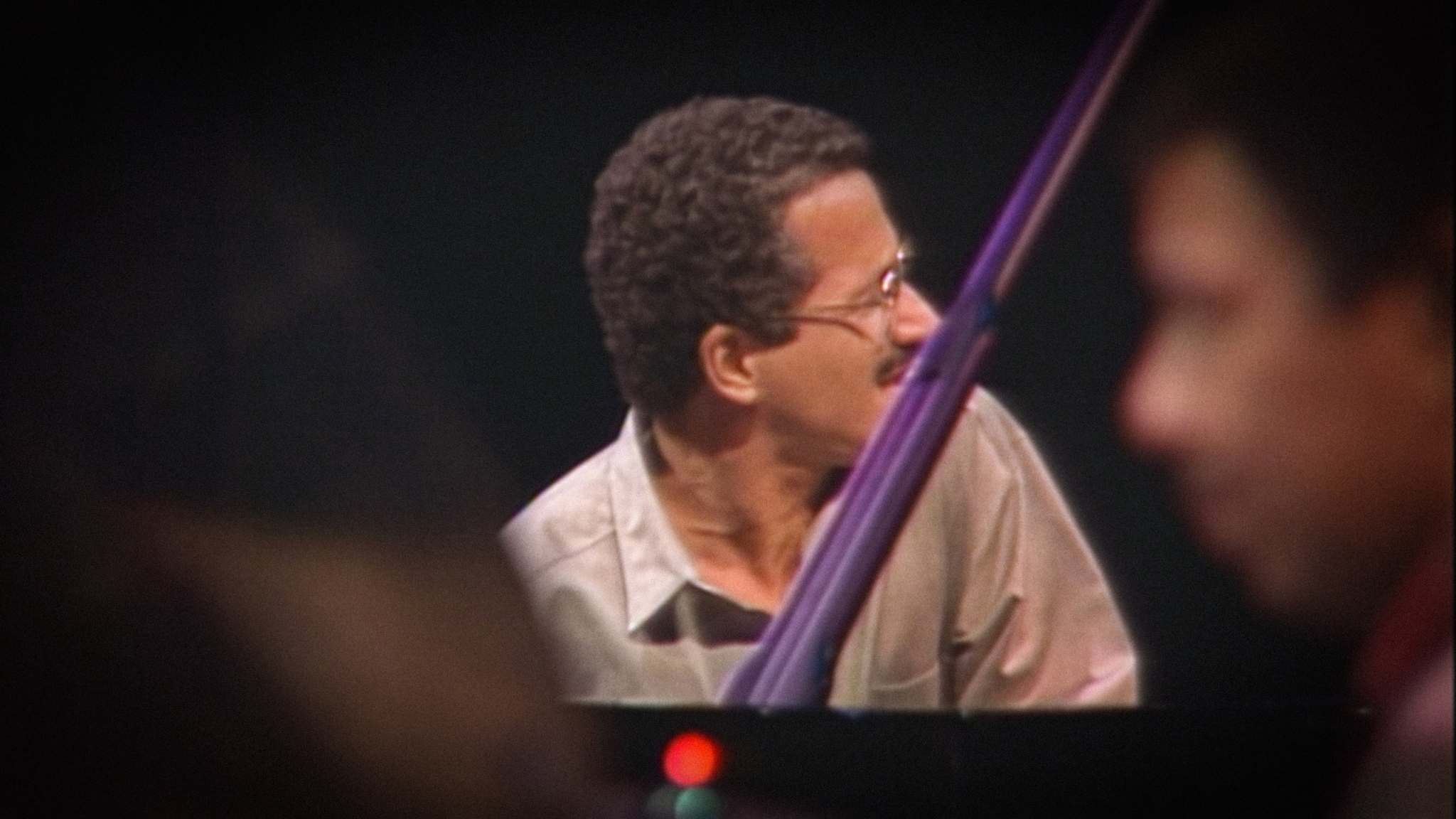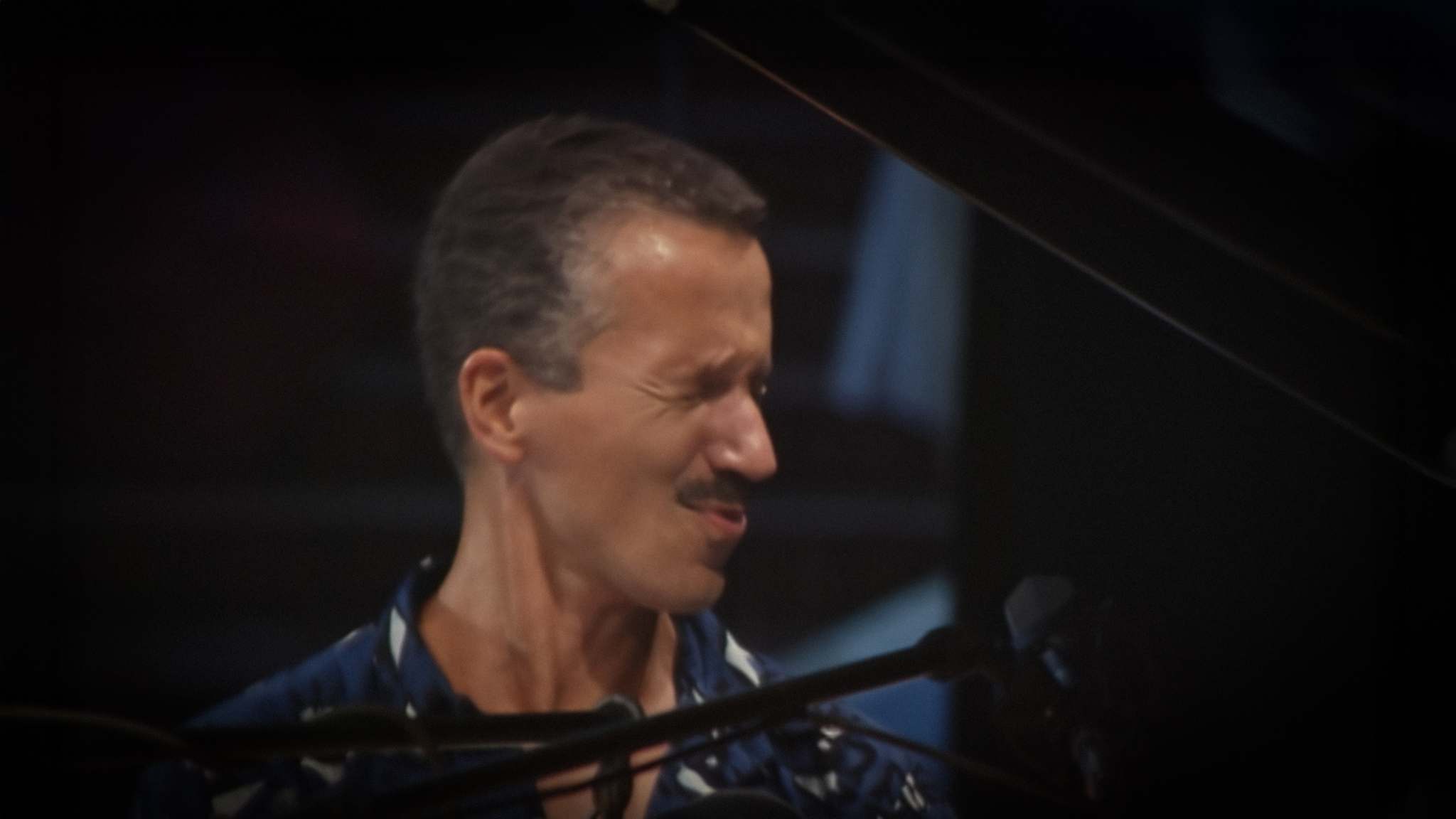Album insights
Haydn stumbled upon the form of the string quartet "by chance" while composing a handful of Divertimenti a quattro for summer music societies at the estate of his early patron Carl Joseph von Fürnberg. Initially popular among amateur musicians and acknowledged as a genius, these lively quartets paved the way for Haydn's international renown. After a hiatus composing mainly for the Esterházy family, he returned to string quartets, rapidly producing op. 9 (around 1769), op. 17 (1771), and op. 20 (1772). These later quartets showed a more serious and masterful approach, departing from the lighter Divertimento style of his earlier works.
Speculation surrounds the sudden surge in quartet compositions around 1769. Influences from performances of his past works or observing contemporaries like Vanhal, D’Ordoñez, or Boccherini might have triggered this creative outburst. Collaboration with virtuoso violinist Luigi Tomasini and the unique musical environment at the Esterházy court likely played a pivotal role. Op. 9 and op. 17 share commonalities, distinguished by refined thematic processing and lively finales that demonstrate a true quartet style.
Despite similarities, the G minor Quartet's first movement unfolds variations that showcase Tomasini's virtuosity. In contrast, the Es-Dur Quartet portrays emotional intensity, veering between tranquility and pathos. Haydn explores varying tonalities throughout, infusing each movement with distinct character and depth. The G major Quartet places emphasis on intricate interplay among instruments through thematic development and contrapuntal richness.
Op. 17, much like op. 9, features a piece in a minor key, known for their dramatic flair and rich emotional landscapes. The D major Quartet's Presto movement exudes a playful hunting spirit combined with harmonic complexities, leading to a cleverly woven finale that stands out for its spirited exchanges. Each composition within op. 17 offers a blend of technical brilliance, emotional depth, and innovative harmonic explorations.
Richard Wigmore © 2009

